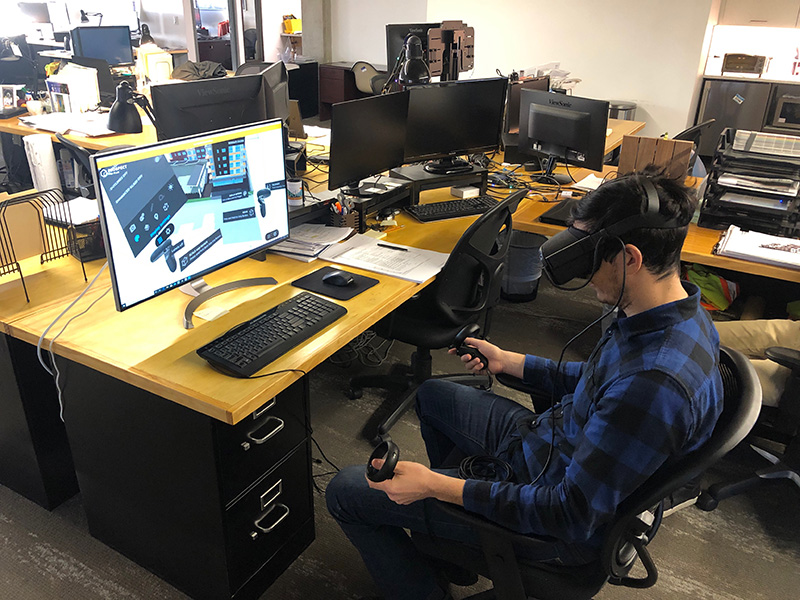As the spread of the COVID-19 virus has captured the attention of the entire world and words like “social distancing” and “self-quarantining” are becoming commonplace and the CDC recommends that people stay home, if possible, we need to find a balance between maintaining our health (and public health) while continuing to work. In an industry where meetings between staff and clients are required for effective project delivery, it is becoming more necessary than ever before for us to utilize technology that we already have as well as exploring new strategies and tools in order to meet these balancing needs and continuing to successfully complete projects for our clients.
At our company level, we already use tools such as Microsoft Teams and Ring Central to perform video conference calls that offer screen-sharing and the ability to make presentations without the requirement to meet face-to-face. Our design software suites are set up in a way that multiple people can collaborate and work on the same project at the same time from different physical locations. Traditionally, architects and engineers use a lot of paper, so making the transition to using PDF software such as Bluebeam Studio to print digital sets and having the ability to provide feedback in real-time, whenever possible, provides multiple benefits. Recently, we also acquired an Oculus Quest virtual reality headset that can be used to navigate and edit models three-dimensionally and most smartphones are also capable of displaying some degree of virtual reality and 3D renderings when used in conjunction with inexpensive VR phone accessories. Working with our clients in what will hopefully be a short-term period of inconvenience, we can use these tools with our clients as well as offer technical assistance to overcome obstacles and the recommendations to not meet in person for the foreseeable future.

The second challenge that should be addressed is that local governments (and building departments) are shutting their doors to the public. In some cases, this means that permit sets and the building review process could be hampered or delayed when the review cannot be conducted digitally. While some building departments already allow or require digital submission of permit sets, it is now time for building departments that are shutting down their in-person, paper-based, permit processes to adopt digital review processes and submittals as quickly as possible. The silver lining in this is that paper sets get lost, destroyed, or forgotten, whereas digital sets should be much easier to file, store, retrieve, and prevent loss as well as cut down on the need to physically travel to a building department for every submittal.
Hopefully, a cure or vaccine for the COVID-19 virus will be available in the near future (as of 3.31.20) and we will be able to return to “business as usual” both in our personal and professional lives, but we should take this opportunity to make lasting changes that improve our industry and offer better or alternative project delivery methods to our clients.










